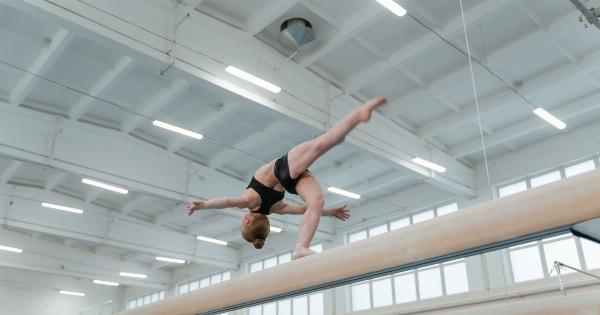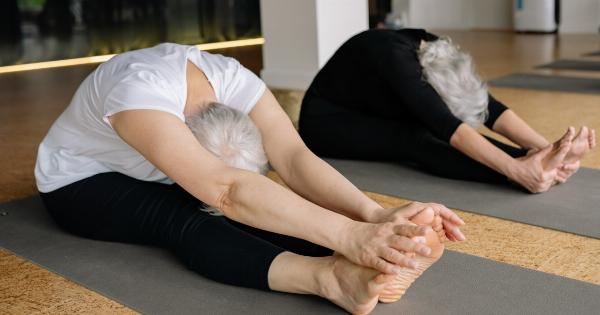Gymnastics is an excellent form of exercise for women who are pregnant. It helps to build strength, flexibility, and endurance, all of which are essential during pregnancy.
However, there are some things that you should know before you start doing gymnastics during pregnancy. In this article, we will discuss some important considerations to keep in mind when practicing gymnastics while pregnant.
Consult with Your Doctor:
Before starting any exercise program, it is essential to consult with your doctor. This is especially true when you are pregnant. Your doctor can help you determine if gymnastics is safe for you and your baby.
They can also provide you with guidelines for exercising safely during pregnancy.
Avoid High-Impact Movements:
Pregnancy can weaken your joints and cause your ligaments to stretch. High-impact movements can put too much stress on your joints, which can lead to injuries.
It is best to avoid high-impact movements such as jumping, bouncing, and running during pregnancy.
Focus on Low-Impact Exercises:
Low-impact exercises such as swimming, walking, and prenatal yoga are excellent options for pregnant women who want to stay active. These exercises are safer for your body and help to reduce stress on your joints.
They also help to improve your flexibility and balance.
Avoid Overexerting Yourself:
Pregnancy can be tiring, and your body needs rest to support the growth and development of your baby. It is essential to avoid overexerting yourself during exercise. Listen to your body and take breaks when you need to.
Make sure that you stay hydrated, eat well, and get enough sleep to support your body and your growing baby.
Be Mindful of Your Center of Gravity:
As your baby grows, your center of gravity will shift. This means that you may be more prone to losing your balance during exercise. It is essential to be mindful of your center of gravity and take precautions to prevent falls and injuries.
Use stable equipment and practice exercises that focus on balance and stability.
Avoid Exercises that Require Lying on Your Back:
During the second and third trimesters of pregnancy, it is best to avoid exercises that require you to lie on your back. This position can cause your uterus to put pressure on your vena cava, the large vein that carries blood back to your heart.
This can lead to dizziness, shortness of breath, and even fainting. Instead, practice exercises that allow you to lie on your side or sit upright.
Practice Pelvic Floor Exercises:
Pregnancy can put a lot of pressure on your pelvic floor muscles, which can lead to incontinence and other issues.
Practicing pelvic floor exercises, such as Kegels, can help to strengthen these muscles and reduce your risk of experiencing these problems.
Choose a Qualified Instructor:
When practicing gymnastics during pregnancy, it is essential to choose a qualified instructor. Look for someone who has experience and training in working with pregnant women.
They should be able to tailor exercises to your specific needs and provide you with guidance on how to exercise safely during pregnancy.
Monitor Your Body:
Finally, it is essential to monitor your body during exercise. Pay attention to any signs of discomfort, pain, or unusual sensations. If something feels wrong, stop the exercise and seek medical attention.
It is better to be cautious and take care of your body than to ignore warning signs and risk injury.
Conclusion:
Gymnastics can be a great way to stay active during pregnancy, but it is essential to exercise caution and take steps to protect yourself and your baby.
Consult with your doctor, avoid high-impact movements, practice pelvic floor exercises, choose a qualified instructor, and monitor your body during exercise. With these tips in mind, you can enjoy the benefits of gymnastics during pregnancy safely.































